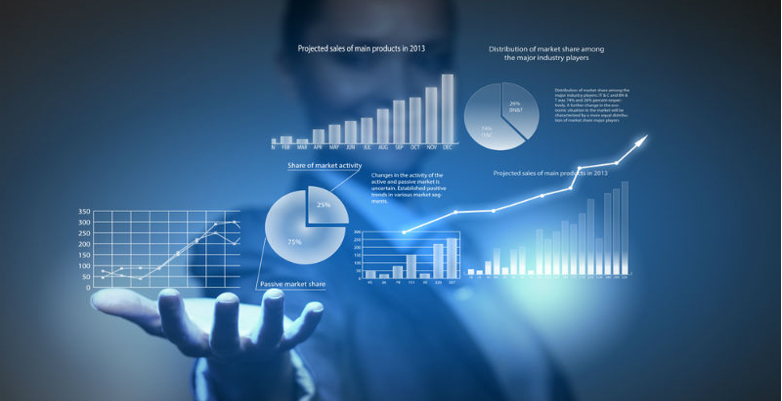Have you already heard of personas? Basically, a persona is your digital you, providing information about your online behaviour, personal information as well as preferences. In short, a persona is your data-driven Doppelgänger or twin if you may say so. Sounds scary? I assume it does. While we are entering our personal data as well as displaying our shopping behaviour online all day long, companies are collecting this data in order to create profiles that represent segments of real people in a population (Pruitt & Grudin, 2003). It begins with our shopping search on Amazon and ends with our daily activities absorbed by Alexa. The information gathered can be anything depending on what information you agree to be collected and what is legal according to the General Data Protection Regulation (GDPR). However, the question is not really what information is gathered, but more what information is not.
So, what is the use? The idea is to collect user data in order to create personalized marketing and to predict consumer purchase behaviour. This enables more targeted marketing and consumer recommendations (Salminen et al., 2018). You probably remember at least one situation where you were shown previously searched shopping items on a different website or social media channel. I had it a few times that Facebook would display items I just looked at the other day, adding recommendations to it that would fit my taste. While this probably does not even worry many people, the question to ask is where this will lead in the future if we are already at this point. Personalized and targeted shopping is one thing, but a persona knowing everything about you and eventually taking life decisions for you is another.
How does your future persona look like? Or better, how will it be different from you? I do not think that anyone is still actively thinking about the information he or she discloses. People do not make conscious decisions anymore about what personal information to share and what to keep private. The result? There will be a point in time where decision making as it is right now will not be based on your own choice, but on a persona, which will make the choice for you.
Sources:
European Parliament and Council of European Union (2016) Regulation (EU) 2016/679. Available at: https://eurlex.europa.eu/legalcontent/EN/TXT/HTML/?uri=CELEX:32016R0679&from=EN (Accessed: 5 October 2020).
Pruitt, J., & Grudin, J. (2003). Personas: practice and theory. Proceedings of the 2003 Conference on Designing for User Experiences, 1–15.
Salminen, J., Jansen, B., An, J., Kwak, H., & Jung, S. (2018). Are personas done? Evaluating the usefulness of personas in the age of online analytics. Persona Studies, 4(2), 1-19.


